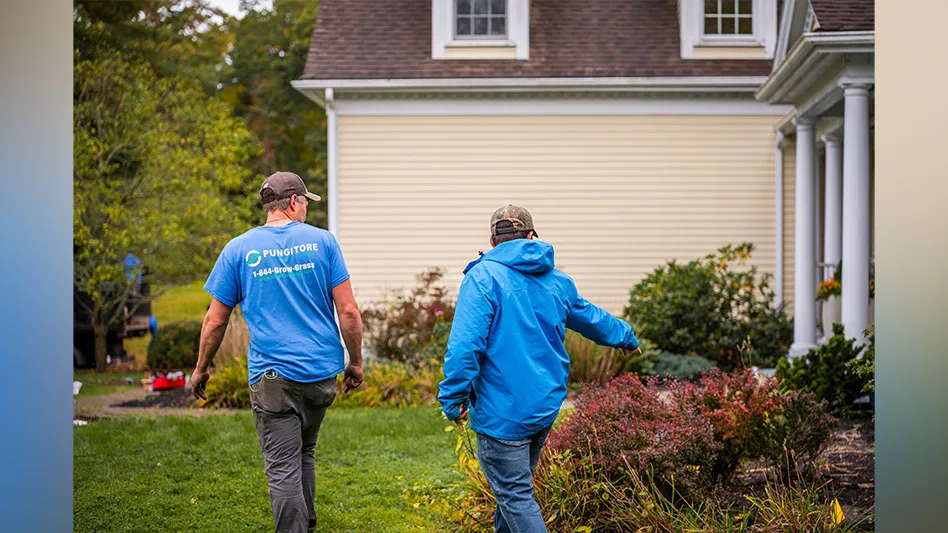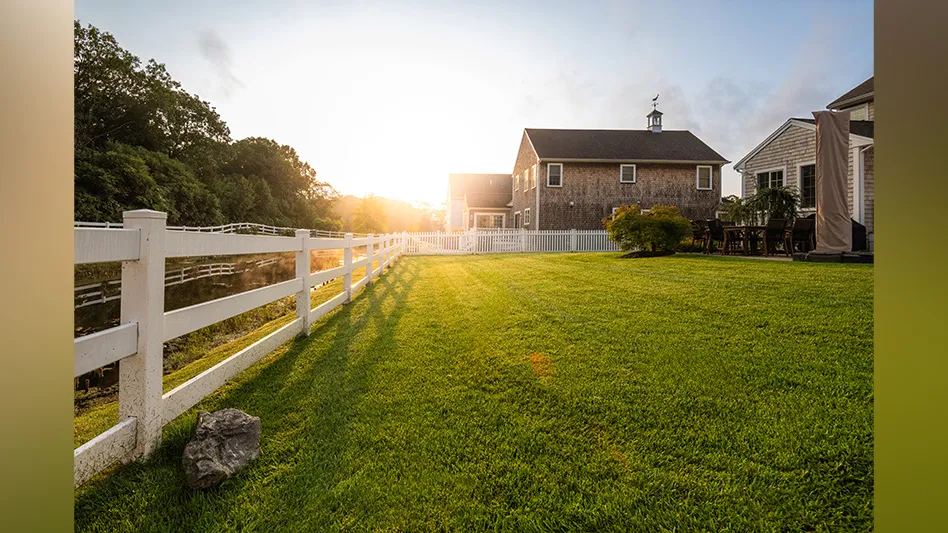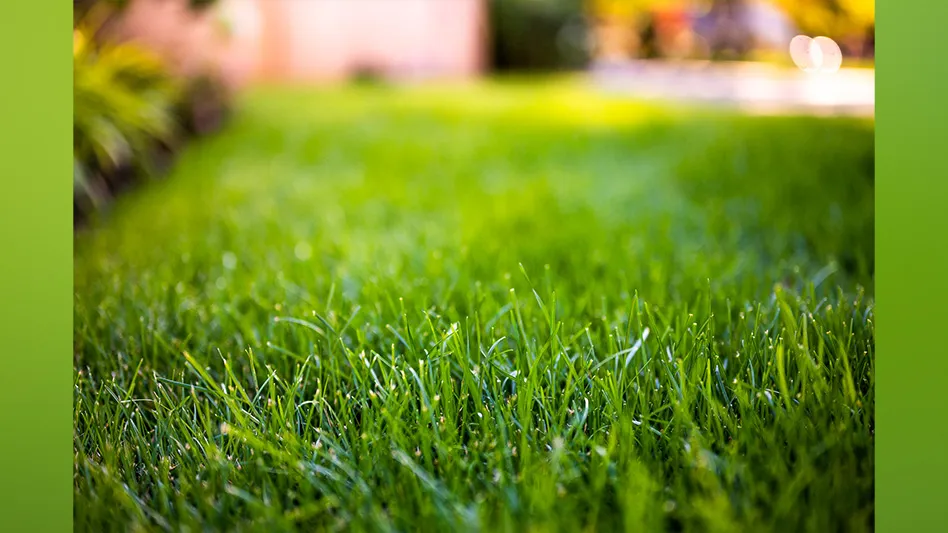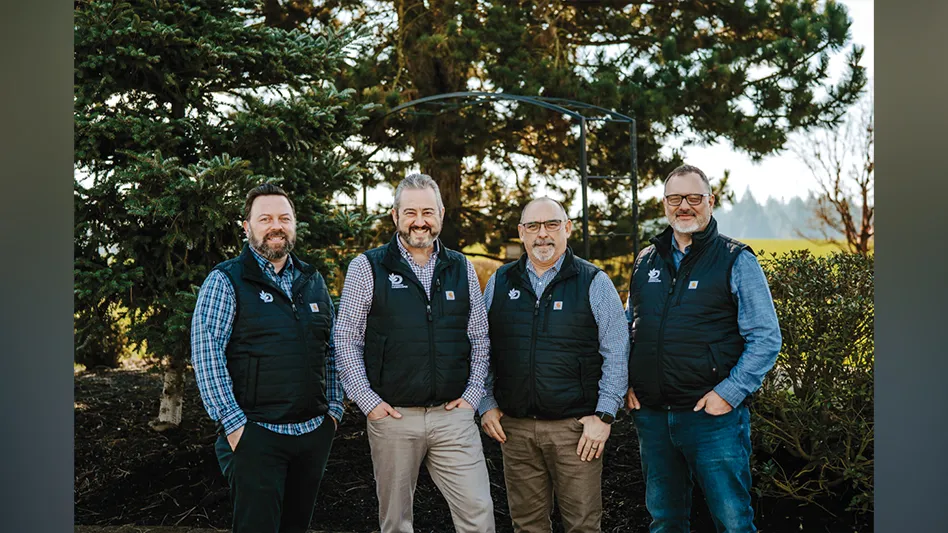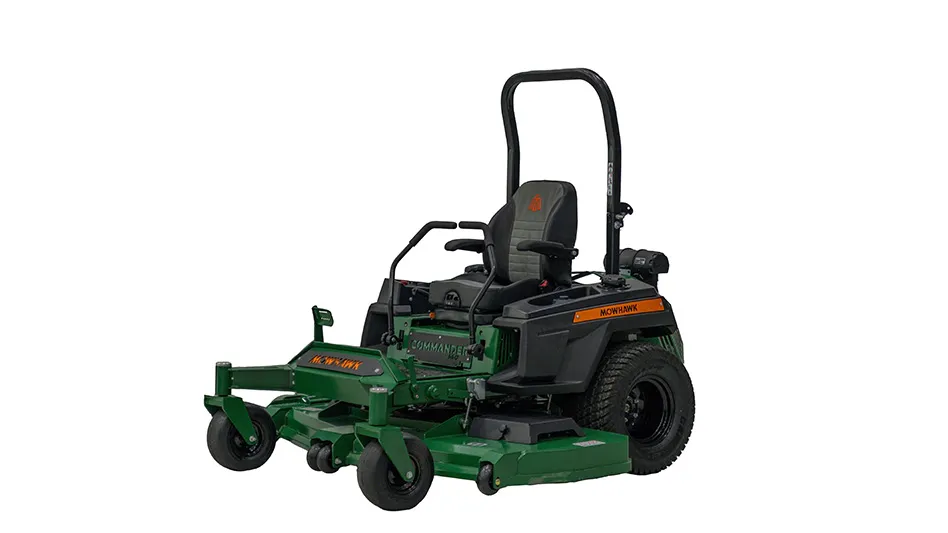
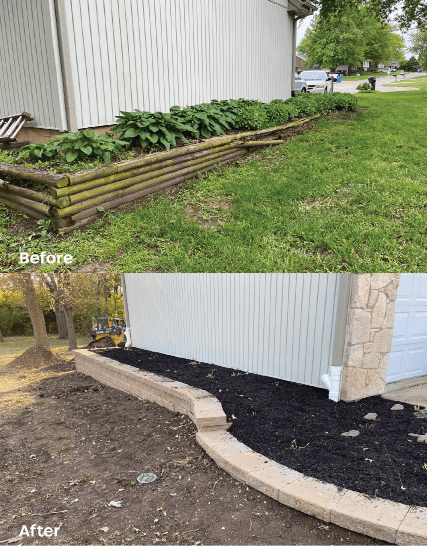
Water can be tough to tackle, and not all problems it causes are obvious at first. Enter erosion, primarily caused by high water levels and poor drainage.
“When we talk erosion, we combine that, in our field, with drainage because one typically leads to the other,” says Nathan Boliek, design/sales manager at TDH Landscaping in Monkton, Md. “I would say probably 30% of the people we see are dealing with some sort of erosion or drainage issue.”

Boliek says erosion issues are likely to become more apparent during the spring and fall months, when precipitation levels are up.
Drainage is indispensable.
But all is not lost. There are several ways to correct the problem and head off erosion.
“The first thing we tend to do is handle the water coming off the house,” says Allison Lewis, landscape designer and sales manager at Stauffer Lawn & Landscape in Auburn, Kan.
Lewis says her team at Stauffer has managed enough drainage issues that they now have a standard solution.
“I like to use, and we’ve kind of implemented it as a company standard, (a) 4-inch PVC sewer and drainpipe. It’s got a lot more longevity,” she says. “So, if we can get the water away from the house and get it so that it’s not circling back toward the foundation or down a hill, that’s helpful.”
On the other side of the coin, Boliek says TDH tends to try and find an alternative approach before installing drainpipes or anything else.
“First and foremost, we try to manage the water above ground,” he says. “Meaning if you can divert that water, or dissipate that water, in a way that allows it to be absorbed and run off to an area where it can be handled, it’s better than doing it underground. Although, that’s not always possible; sometimes drains or catch basins are required to manage water and avoid erosion.”
Boliek says he reverts to using catch basins and channel drains in areas that are already at the lowest elevation point on the property or are enclosed by features in the landscape like buildings, driveways or patios.
“Water is a very destructive element, and left to its own devices, it’ll find the least-traveled path into the problem and then become much more expensive.” Nathan Boliek, design/sales manager, TDH Landscaping
Another tool in the arsenal against erosion is evaluating the grounds and re-grading when necessary to create a slope or slant within the landscape to change its elevation.
“Obviously grading is a huge part of it as well,” Lewis says. “We’re pretty hilly here (in Kansas). You’re going to run from completely flat to a steep grade all on one property. The front yard can be completely flat, and the backyard can drop off crazy enough that you can’t put a swing set on it or even patio furniture.”
Lewis says grading is essential to controlling the drainage problem and ensuring that the water runs off to the designated location.
“Making sure we have that grade established is really good to make sure that we’re controlling the run-off on that property, so it’s not creating a water issue for the neighbor on the bottom or off to the side,” she says.
The swale solution.
Grading is also key to designing drainage or open-lawn swales, something that Boliek says he tends to use quite a bit on residential properties.
“Some of the methods we use include re-grading the terrain to create what’s called a drainage swale,” he says. “Typically, for residents, it’s one that is covered with seed or sod to convey the water… You’ll want to have at least 2-3% pitch for gravity to carry that water away and not have any puddling.”
While swales are great for wide-open spaces, Boliek says they can be utilized in confined areas as well.
“When we have an area that will not sustain turf, or there’s not enough area to maintain the turf there, meaning it’s too small or too narrow to mow, we’ll often do a swale lined with stone, which then will convey the water and slow it down and help to eliminate the erosion that’s being caused,” he says.
And these stone-lined swales can be as basic or as elaborate as the client wishes.

“We often do dry stream beds, which are more of an aesthetic version of the stone swale where we use gravel and boulders and things to look like a stream bed, but it’s really just a more attractive drainage swale,” Boliek says.
Lewis says planting beds can be another aesthetic answer to stopping erosion. She recommends filling the beds with ground cover, mulch or decorative rock.
The benefits of re-grading and implementing swales or drainage beds is two-fold, Boliek says. Clients can get more use out of their landscape with a visual statement.
“You can make an area of a yard usable that’s not usable if you can correct an erosion issue,” he says. “And there’s aesthetic impacts, too. Some of the prettiest gardens are planted primarily to stop erosion. So, in addition to correcting an erosion issue, you also get a lovely garden.”
Plant with a purpose.
And the planting doesn’t stop at gardens — it’s the finishing touch on any good swale. Both Boliek and Lewis say plant life can help combat erosion.
“Vegetation is a great way to deal with erosion,” Boliek says. “Even trees help. All our watersheds in the metropolitan area are planted with trees and the trees help to absorb runoff and reduce some of the inert matter that winds up in the water.”
“It’s about getting something down on the ground to hold everything in place,” Lewis adds. “It’s about keeping the soil covered because it’s super windy here so the wind will erode things away, the water will erode way, so if we can limit the exposure, that will help 100%. For lawn situations, we prefer sod. That’s probably what 90% of the yards are here.”
Boliek suggests a groundcover with surface roots like vinca or ivy. He adds turf works, too, to strain the sediment and help clean the water as it runs downhill.
Lewis says overseeding is also beneficial to getting seed down to hold everything in place. She adds that after overseeding, an erosion control blanket should be laid over the seed.
“It’s basically a woven plastic,” she says of the blankets. “It looks like straw. You see it on a lot of highway plantings because it works on steep grades. It’s great because it will keep everything in place and holds the soil in place as well. And it’ll just slowly decay over time.”
Address erosion early on.
All these solutions can be used for new construction landscape design, where Lewis says erosion is a big problem.
“I would say it’s not terrible,” Lewis says of erosion in her market. “We’ve got pretty good ground cover and pretty good soil here in the state of Kansas. The biggest issues are on new construction sites.”
She says that’s just due to the nature of the homebuilding process.
“I’m sure they build houses the same way just about everywhere, but here what they do is strip the entire lot,” Lewis says. “Basically, they harvest all the topsoil off and build a house on it for three to nine months or however long it takes, and then they bring that back and will wait on us landscapers to either seed it or sod it.
“And in that process, it’ll rain or it’ll snow, and that’s where our erosion tends to be the worst.” Lewis says it can be difficult sometimes to get clients to invest in erosion control measures early on, as they usually have greater plans for their yards they would like to put the money toward.
“A lot of times, with new constructions especially, I try to express that these are the most important things for the longevity of your landscape,” she says. “So, these are the things that I’d invest the money in first, because they are the things that will prevent problems down the line and keep you from having to redo things.”
Making the problem known.
Boliek says he doesn’t usually face pushback when he tells clients that they need to address the erosion and drainage on their property.
“Typically, if the erosion or drainage has gotten to a point where they have to call a professional, it’s something that they have to address,” he says. “Water is a very destructive element, and left to its own devices, it’ll find the least-traveled path into the problem and then become much more expensive.”
For Lewis, she says there’s a lack of awareness about erosion control and the benefits of early intervention.
“I think more emphasis needs to be put on it,” she says. “It’s always one of those hindsight’s 20/20 situations. I think with new home construction especially, we’re the last ones to go in, so there may or may not be as much funding as you’d like.
“If we can educate the homeowner on that and educate the home builder on those values it will add into the house, that would be tremendous.”
With that lack of awareness, comes a lot of failed attempts from clients. Having to correct a DIYer’s mistake is a common occurrence for Boliek and Lewis.
“I’d say there’s very little knowledge out there for the layperson when it comes to drainage and erosion,” he says. “We see a lot of the time that people try to do their own drainage work and it’s not working because people just don’t understand the concept of proper grade.”
Lewis says hiring a reputable company can save everyone a lot of headaches. She adds that taking the time to really get to the root of the issue and studying the property is also invaluable.
“Research makes a huge difference,” she says. “We have had to come in and correct other people’s mistakes because they thought they could do it and it just didn’t work out.”
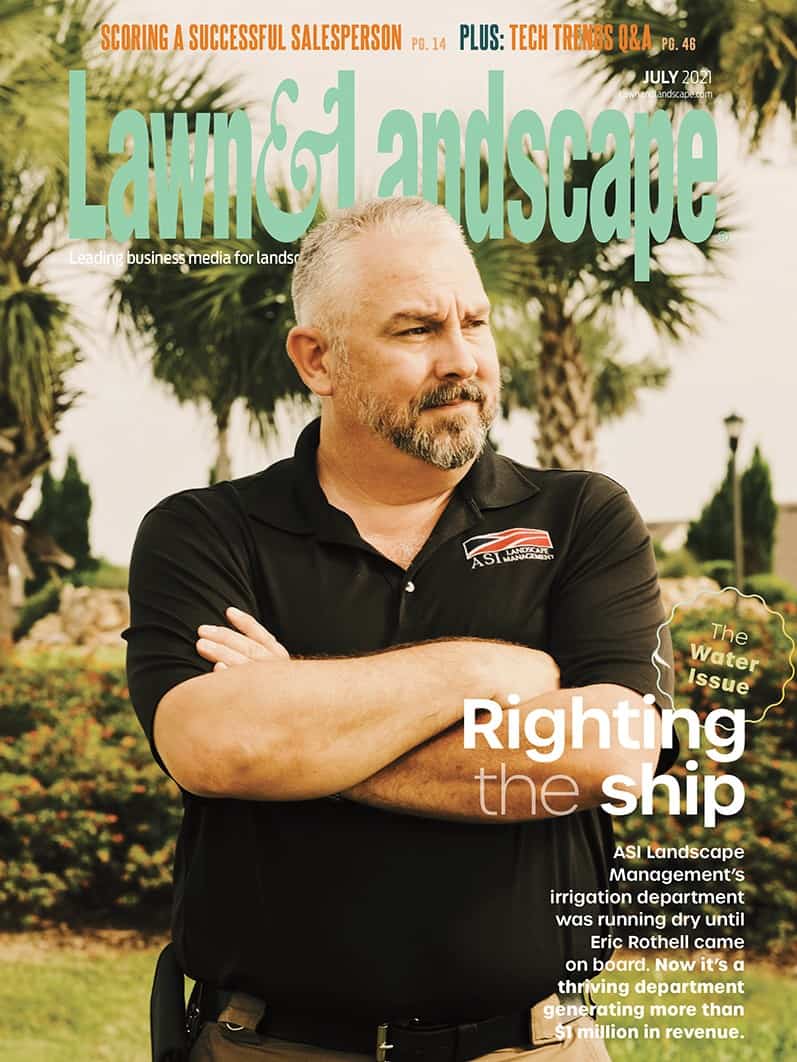
Explore the July 2021 Issue
Check out more from this issue and find you next story to read.
Latest from Lawn & Landscape
- LandCare promotes Burnett to chief people officer
- David J. Frank Landscape celebrates 65th anniversary with groundbreaking
- Lawn & Landscape’s May issue is live
- The 2024 Top 100 List
- What do we stand for?
- SiteOne partners with FMC
- GreenCare for Troops announces You Move, We Mow Challenge
- Culture shift
